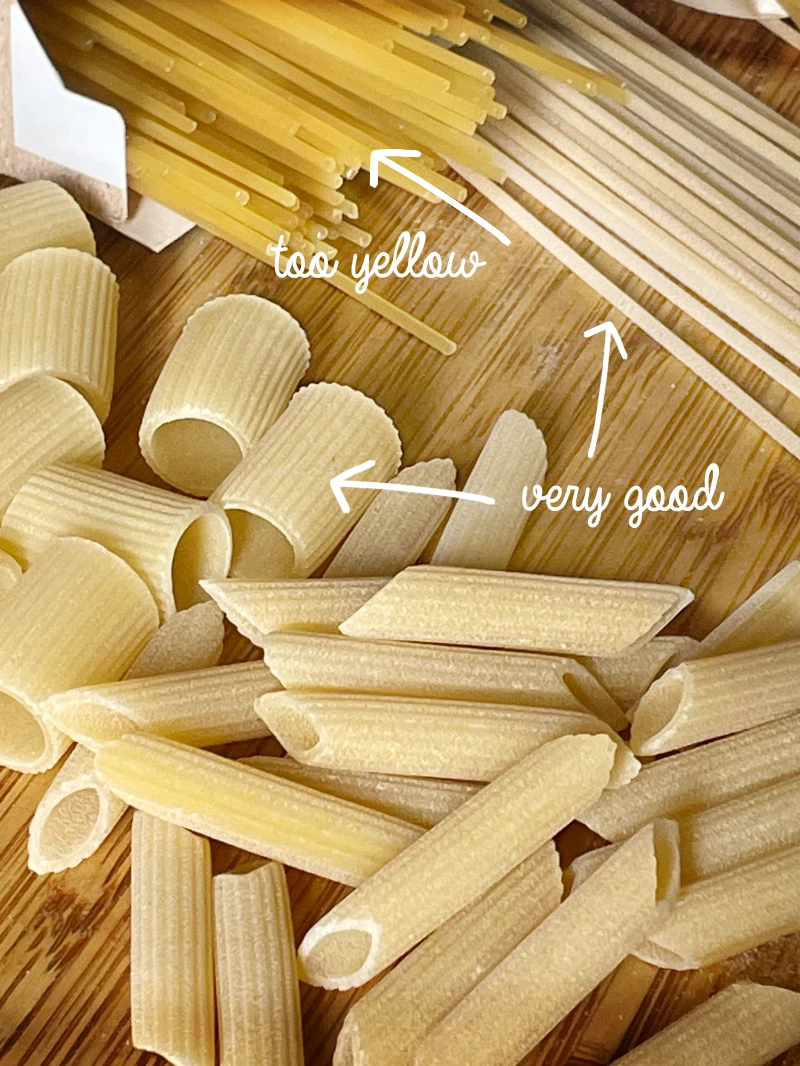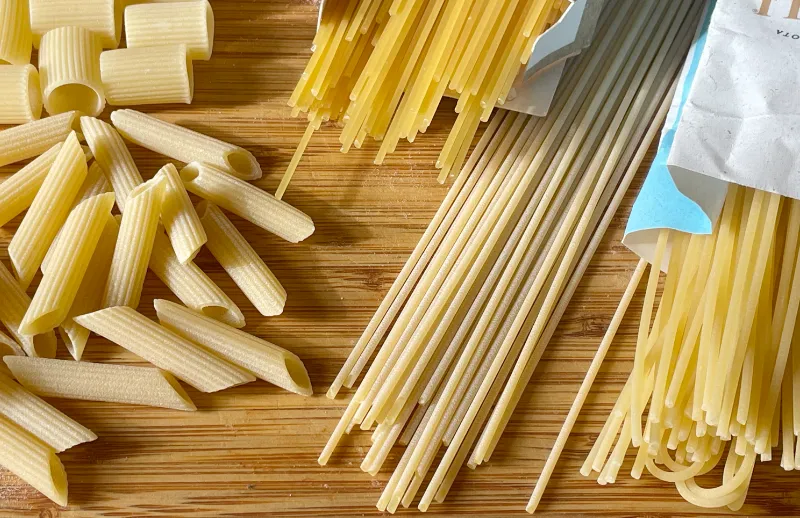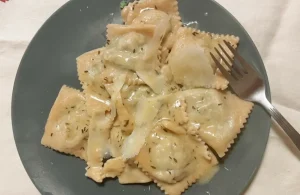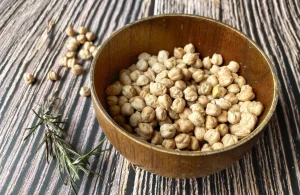Do you really know how to buy the best pasta?
Many people around the world nowadays worry about the gluten content or whether the wheat is organic or not. But there is much more to it and some information are crucial to learn to buy the best pasta on the market, that won’t actually harm you.
You heard me right! HARM YOU. Too many people are worried that the gluten in the pasta could damage their brain, their intestines and whatnot, however not many people, in Italy as well, know there are some other substances that can really harm your body if you eat them regularly.
Let’s start right form the beginning..
How dried pasta is made
Dried pasta, the one you buy in packages at the grocery store is made of durum wheat semolina and water, and no other ingredient should be added. Those two ingredients are mixed and then dried and packed. This is the basic process, however the way the pasta is dried makes a huge difference in how good or bad the basta will be.
Traditional pasta was dried in the sun, near the sea at 32°C to 40°C, and it took one or two days to dry completely. That’s not the case any more unfortunately, but we’ll know more in a minute.
Wheat quality and sustainability
Another important aspect when buying pasta is the wheat that has been used. Organic is absolutely the best but the variety of wheat makes also the difference in taste and nutritional value. For example, durum wheat makes the perfect pasta, all purpose is better for home made pasta.
I won’t delve into the very deep matter of the seeds origin, the way wheat is grown in many places around the world, because it would be an endless discussion, however what I can say for sure is that high quality wheat and ancient wheat varieties exist, they are good for our health, won’t need pesticides or herbicide and grow high from the ground away from parasites. Consumers can make the difference when buying a product and avoiding specific products is a way to send a message. Buying high quality pasta values the work of those who make the extra effort and is also more sustainable for us.
Gluten friend or foe?
In the last decade there has been a fierce war against gluten. Gluten seem to be the culprit for almost everything, however it’s not always gluten that wreaks havoc on our health but the quality and the quantity we eat, along with what the pasta really contains.
Those who suffer from celiac disease cannot eat gluten for a very good reason, but people who do not have the disease should not blame gluten for all their health issues, and by making the right choices you can enjoy bread and pasta without fear.
Good quality wheat, grown in traditional ways is good for our health and has been proven (when whole) to be a good ally in fighting type 2 diabetes and cardiovascular diseases.
The hidden harmful compound in commercial pasta
In southern Italy we hare lucky enough to still have a few farmers growing ancient wheat varieties, and those make for an excellent high quality pasta but, that alone, is not enough. Some people believe that ancient varieties of wheat contains less gluten, however it’s not the quantity but the quality that makes the difference. Modern wheat contains a type of gluten that is very resilient, very tough, and this is what makes it very hard to digest, whereas ancient varieties contains a different type that is easier on our digestive system, less strong and resilient. That said unfortunately when the pasta is not dried correctly none of the above can actually make up for the other issue: furosine content.
Furosine is an amino acid that develops during the Maillard reaction (exposure to heat). The higher the temperature used to dry the pasta quickly*, the higher content of furosine we’ll find in the pasta. Furosine decreases significantly the lysine bioavailability, and lysine is an essential amino acid naturally occurring in wheat.

Eating too much furosine can actually damage our liver, the lining of our intestine as well as our kidneys, and since furosine is also contained in all other baked goods and also in gluten free pasta (in less quantity), we should be aware of its consumption.
The one thing you can look for to buy good pasta
Furosine is not mentioned in the nutritional value of pasta, so how do you know if there is too much of it in your pasta?
There is a very simple indicator: the color. Furosine rich pasta is yellow, and though many thinks it depends on the wheat, it is not. The amber color is given by this compound when the pasta is dried, and the yellower the pasta the higher the furosine content. Check the picture above to see the differences.
Next time you go grocery shopping, take a look at the color of the pasta you’re buying! Even though it says traditional Italian slow drying… look closely and check the color.
And if you want to reduce the furosine amount in your diet, try making your own pasta in batches and freeze it raw. You will only need to drop it in boiling water straight from the freezer, it takes a few minutes to cook and it is tastier and healthier!
Want to know more on how to cook pasta? See my article on how to boil spaghetti and other Italian Pasta.
*Giannetti V, Mariani MB, Mannino P. Furosine as a pasta quality marker: evaluation by an innovative and fast chromatographic approach. J Food Sci. 2013 Jul;78(7):C994-9. doi: 10.1111/1750-3841.12163. Epub 2013 Jun 14. PMID: 23772758.






